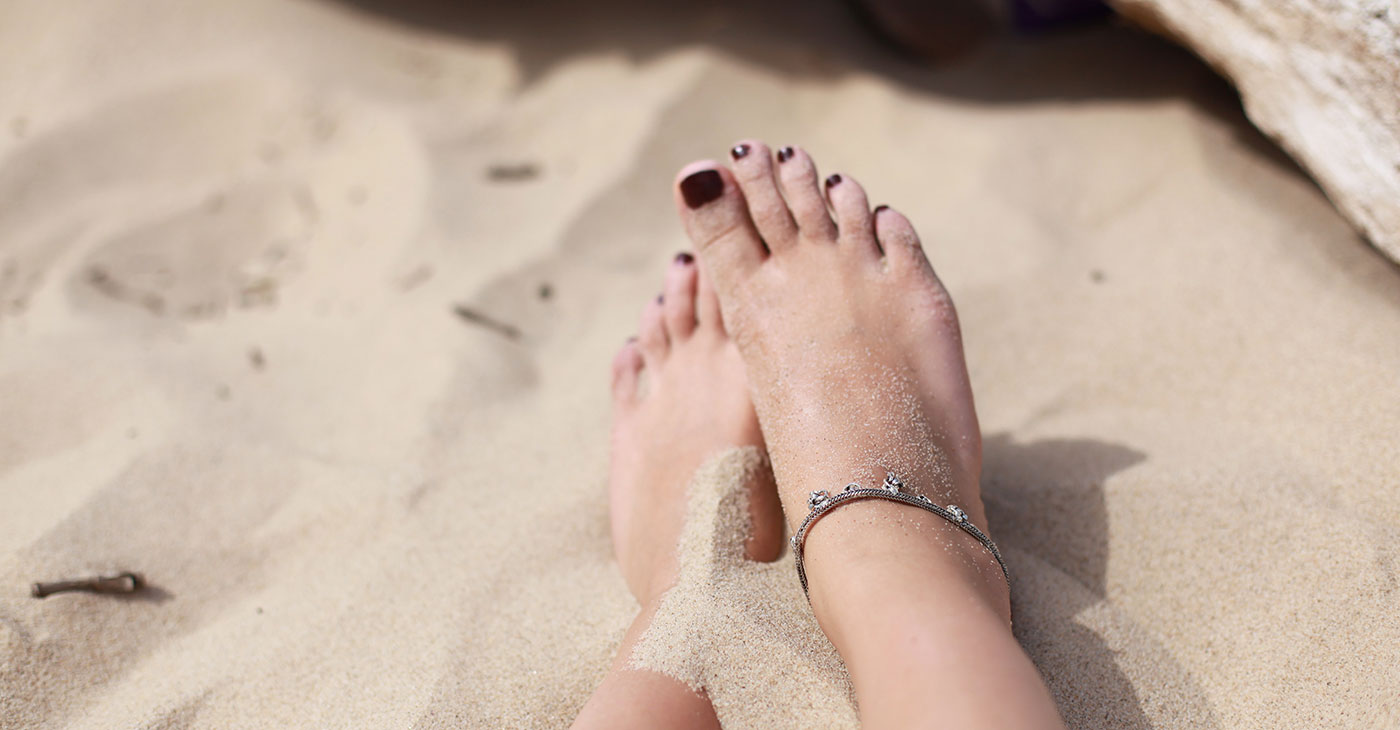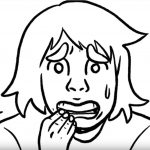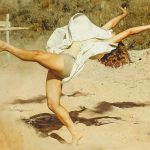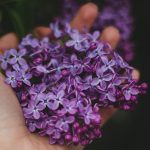One of the most frequent questions I receive is “What is Somatics?” So here is my explanation. The Western world’s non-medical qualitative exploration of the relationship between body and mind (our body/mind is one) is referred to as Somatics. My next few newsletters will provide somatic movement explorations for you to experiment and play with.
Background
American Philosopher Thomas Hanna, coined the term Somatics referring to the Greek word “somatikos” meaning the living, aware, bodily person. Approaches to working with the body from several disciplines developed in Europe and North America during the twentieth century. Each of the modalities addressed one or more system of the body as the lens through which they viewed the person. All methods address the nervous system in some manner by connecting with the sensory motor system and accessing the parasympathetic aspect of the autonomic nervous system, (where we rest, digest and heal).
Rolfer and Educator Don Johnson stimulated understanding of the field and principles and distinguished it from osteopathy, chiropractic, and medical practices. He found several a common focus was to treat the whole person. He also saw they held a recognition of the relationship between body and cognition, emotion, volition, and other dimensions of self (belief systems). There is an understanding of the interconnectedness of all to the experience and perceptions of the person.
Founders of each of the modalities knew that this type of practice can increase our self- healing capacity and facilitate symptom reduction. When I explore moving and connecting with sensory awareness, I more fully understand the world within me, and how my perceptual filters inform and affect the way I am in the world.
All forms of somatic practices facilitate change in our experiencing of self. There is a shared assumption that healing derives from fundamental transformations of experience and the nurturing of new abilities for ways of being. All support regulating our body-self from within.
This process of referencing our subjective experience of self and our environment, accesses implicit memories and introspection so we can understand our perceptual choices and make more efficient ones in future.
With a somatic perspective we subjectively refer to our body parts i.e. “my back”, not as an object “the back”. “I have pain in my neck,” not, “the neck is killing me.” Somatic teachers offer instruction such as “if it is available, move your legs sidewards”, not “move the leg to the side.” Focus is on the ‘how’ of an event. “How does it feel to draw your heel towards your sitz bone?”
So what are some somatic practices? They range in approaches along a continuum of movement and bodywork. Bodywork includes, Rolfing also know as Structural Integration, CranioSacral Therapy, Zero Balancing, Visceral Manipulation, and Myofascial Tissue Release. Movement work includes Bartenieff Fundamentals (with a somatic perspective), Body Mind Centering, Feldenkreis, Alexander Technique, and Authentic Movement. There are many other forms of somatic work, these are but a few names in the field.
To access your sensing self try these three weight-sensing and imaging explorations. These sequences are not about “poundage”, rather they are intentions to link to sensations of self. Through sensing our weight we establish a relationship with gravity and with the earth. Take about 10 to 15 minutes per exploration and notice sensations that arise.
You may lie on the floor or sit in a chair.
1) Connecting To Mother Earth
Close your eyes and tune into your breathing. On each exhale feel the weight of your body. On each exhale soften deeply into the chair or onto the floor. Notice your bones. How little can you do to invite the movement of your breath to help you settle into your bones? Feel your feet melting into the earth. Notice how heavy and weighted you can be. As you become more weighted, sense how your bones drop into the earth. Notice any tension leaving your body and dropping into the earth. Feel where your body meets the floor (or chair). Sense how you respond to the presence of the floor. You blend and meld with the ground to become connected to mother earth.
2) Bag of Wet Sand
Close your eyes and imagine you are a bag of wet sand, the kind you would make dribble castles with. As you are lying or sitting, notice the pull of gravity. Feel where your body meets the floor and where the floor rises to meet you. Sense the places of connection between you and the floor. In the places of contact, notice your weight, how heavy you feel.
Slowly allow your head to roll to one side, hold onto the sensation that you are a bag of heavy wet sand. Feel the weight of your head as it rolls to the side. Rest. Feel the weight of your body dropping into the surface. How does the movement of your head affect other parts of you as you roll? Allow the rolling to get larger. Your head rolls to the side and then allow your shoulders to roll off the floor or off the back of the chair. Allow the weight of the movement to pour into other parts of you. Notice where you are able to go and where you are not able to go. Meet the restrictions with breath and sense if your breath can move the held place. Roll back to your starting position and notice how you experience your sense of self now.
3) Sands Of Time
Standing – sense your feet on the floor. Imagine your pelvis is full of dry hourglass sand. Shift to the left. Sense your weight pouring into your left leg and foot. Imagine that your left leg is filling with sand. Feel the sand pooling evenly into both sides of your foot and up to your thigh. Pause. Now shift your weight into your right leg, as you do so, imagine the sand in your left leg emptying into your right leg, pooling evenly into your right foot and filling up to your right thigh. Pause.
Play with shifting from side to side, filling one leg as you empty the other. Finish by bringing your weight back to the middle and have the sand equally distributed between both legs. What do you notice now?
As you walk through the day, can you notice the filling and emptying of your weight, how does this awareness affect the act of walking for you?
In conclusion Somatics, can be seen as the Western world’s exploration of body in a non medical fashion. It shares with Eastern practices the principle of how mindful and meditative movement can lead to greater consciousness. Somatic practice focuses on HOW we perform any movement task so we can re- connect with our sensory motor system. In so doing we can achieve a more unified, and articulate state of health and embodiment.











